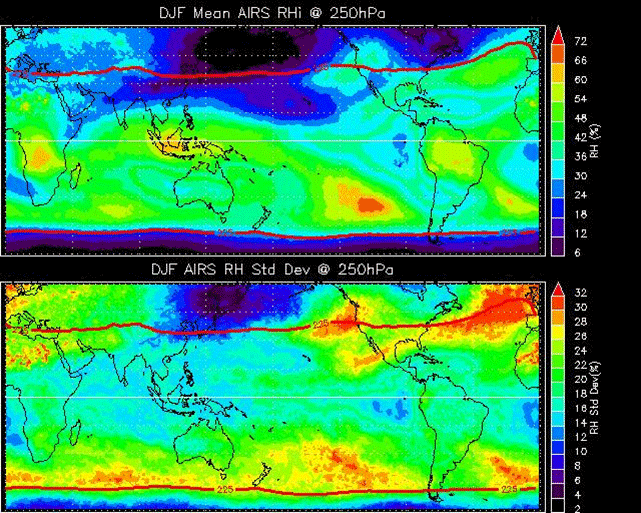MikeC
Closed Account
Somewhere in a thread on here we looked at the correlation between RHi & contrails & there was a series of maps posted mostly showing higher RHi around the equator - but I cant' find it now afte about an hour of searching 
If this rings a bell with anyone can you point me at it?
Ta
If this rings a bell with anyone can you point me at it?
Ta

